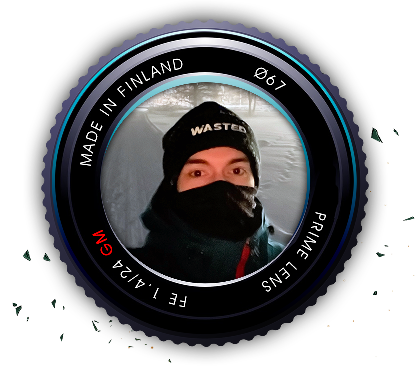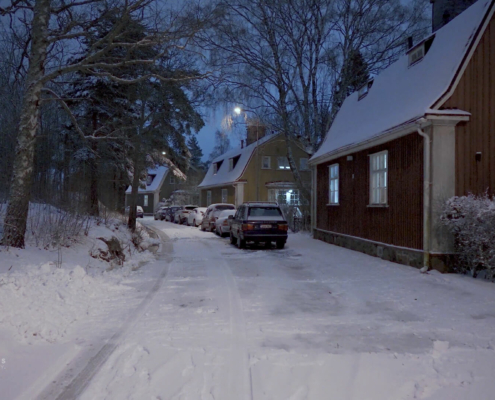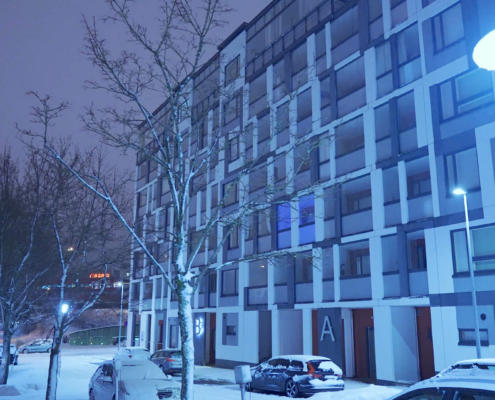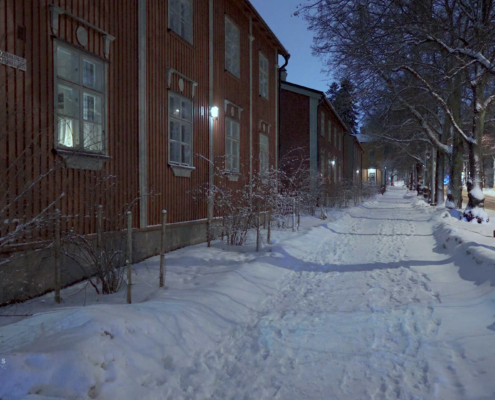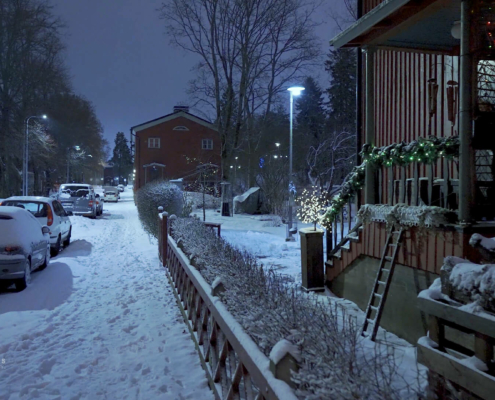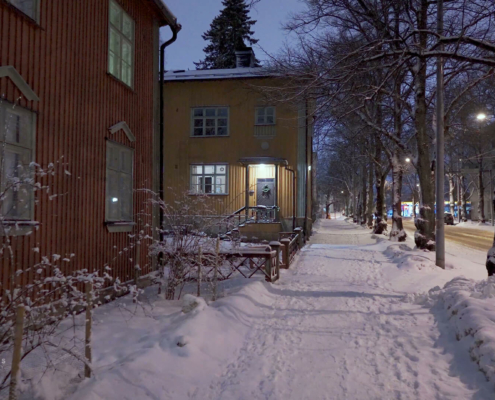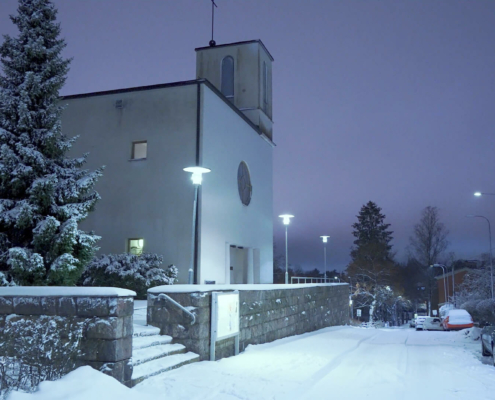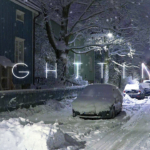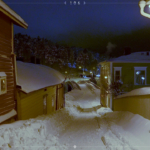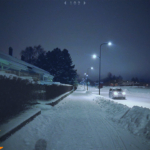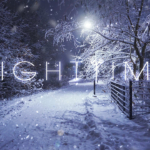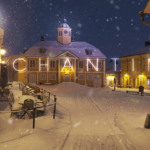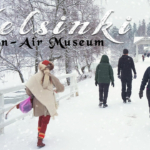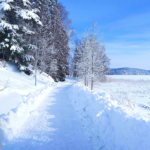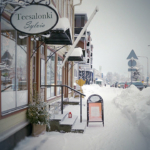Alone at Night in the Snowy Suburban Streets of Helsinki, Finland
4K UHD
Click CC in video to activate subtitles
Hello again dear scene walker.
After another tiring day at work, i was in dire need of a quiet walk.
So i decided to take you through the quiet suburban streets of Käpylä in Helsinki, Finland.
It is part of the Old Town (Vanhakaupunki) and is located about 5 kilometers north of central Helsinki.
Temperatures have been very mild in recent weeks, melting snow and causing flooding around rivers and lake areas.
Today the temperature is colder and we had snow during the day.
It is the first time that i walk through the area of Käpylä.
‘Puu-Käpylä’ or Wood Käpylä is Finland’s earliest example of the Garden City movement.
The suburb of wooden buildings was built between 1920 and 1925 and designed in the so-called Nordic Classicist style.
Käpylä was a model workers’ housing area, built at a time when there was a major housing problem for workers in Helsinki.
The mostly wooden 2-storey houses are arranged around sheltered courtyards, where the vegetable gardens used to be.
The color of the houses are mainly painted in the traditional red ochre.
The Finnish name ‘Käpylä’ translates to ‘the cone’, derived from the Swedish word ‘Kotte’.
Presumably a reference to the small, thick or clumsy nature of the owner of Kottby’s farm, who was active in the nearby area in the 16th century.
Käpylä was incorporated into the city of Helsinki in 1906.
The 1940 Summer Olympics were destined to come to Helsinki, Finland, but were canceled due to the war.
The 1952 Summer Olympics came to Finland and Käpylä was chosen for the construction of the Olympic Village.
After the games, the houses were sold as condominiums.
In the 1960s, the wooden houses were in such a bad state that the future plan was to demolish the region and build modern apartments.
However, a people’s movement prevented the destruction of the wooden houses.
In 1971 it was decided to renovate the area in stages.
Today, the suburb is still largely inhabited by working-class families and has become a favorite tourist destination.
A total of 8,000 residents keep the area alive and well.
Thanks for walking with me, have a nice day and see you in the next scene!
Comments
Join the discussion
